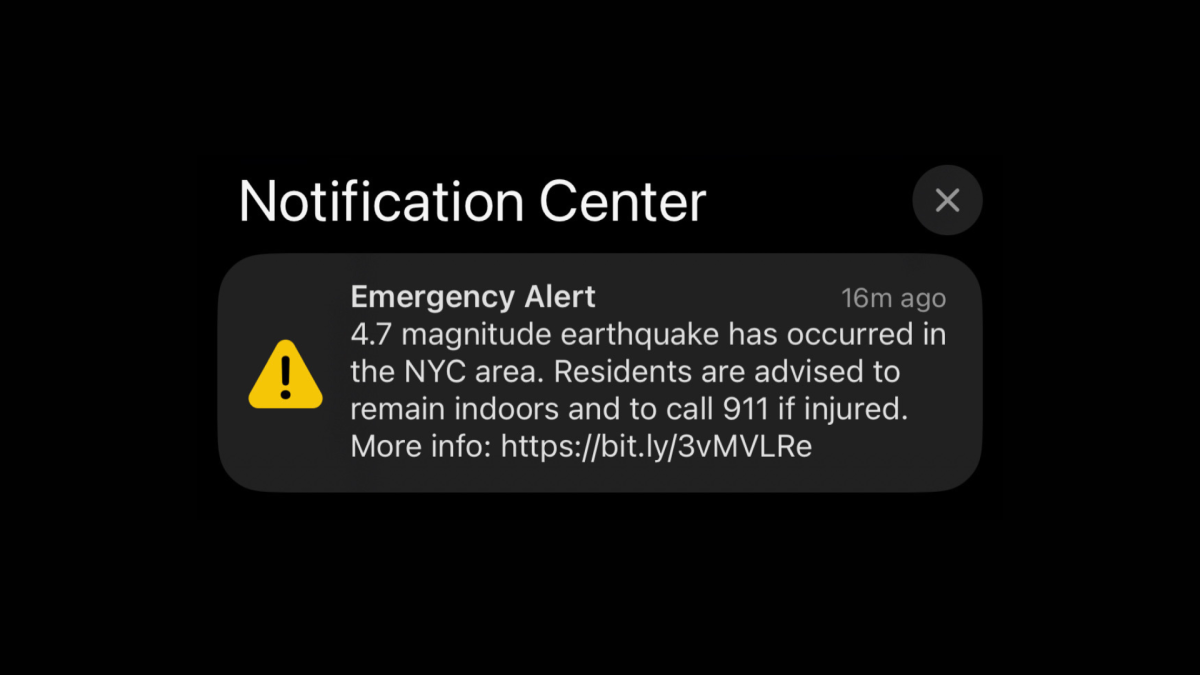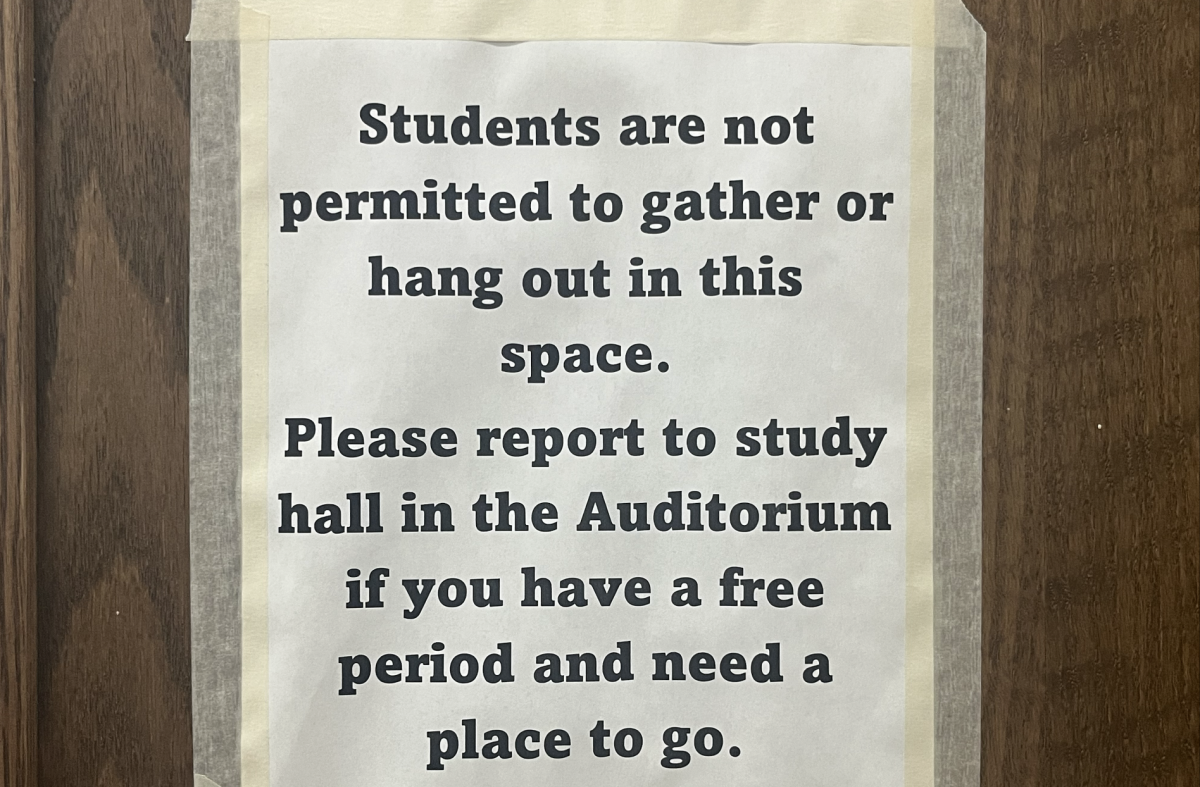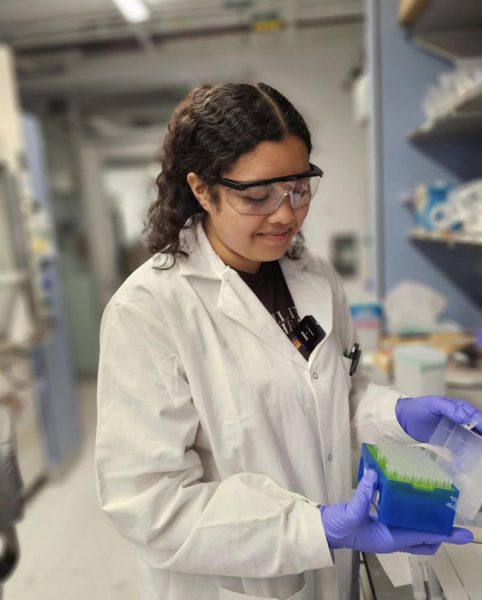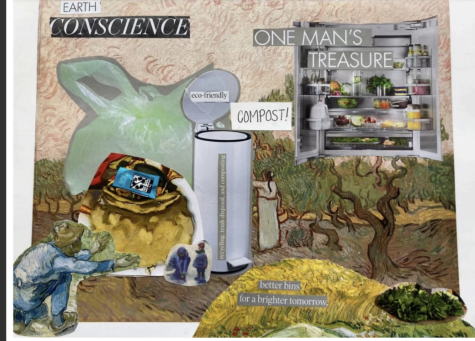COVID-19’s Effect on Greenhouse Gas Emissions
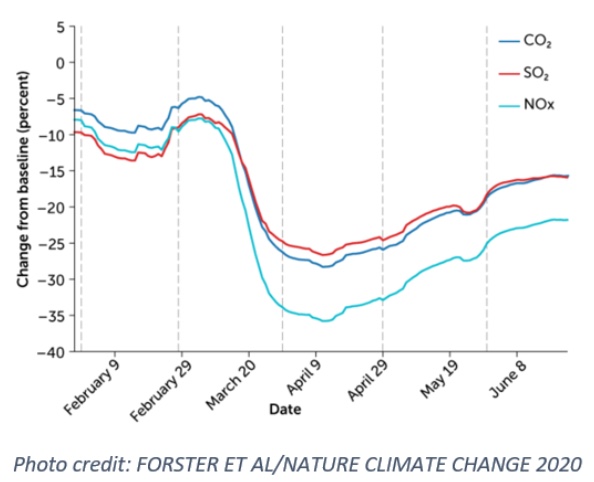
March 30, 2021
This story was originally published on March 30, 2021
Global
Despite the disruption COVID-19 has brought to our lives, some of those changes proved to be slightly positive. In a report released in the journal Nature, Climate, scientists found that due to the decrease in human activity during the pandemic, such as travelling by planes and cars, have caused global greenhouse gas emission levels to decrease significantly. Greenhouse gas emissions are considered to be a great threat to the future of our planet, since they are linked to climate change, sea levels rising, extreme weather, and negative health effects. Could the COVID-19 pandemic hold answers on how to manage greenhouse gas emissions effectively in the future?
During the first six months of quarantine, public transportation and air travel reached all time lows. Climate scientist Corinne Le Quéré and her colleagues discovered that CO2 emissions were down approximately 8.8%. Through the use of Google and Apple’s anonymous cell phone mobility data, it was revealed that the total greenhouse gas emissions decreased a record 16.9% in comparison to previous world crises, such as the financial crisis of 2008 (decrease of 1.3%), and the oil crisis of 1973 (decrease of 5%).
However, scientists like Le Quéré are still skeptical that this greenhouse gas emission trend is enough to have a visible impact on our environment. Le Quéré explained that when most restrictions were lifted after the first six months of quarantine, emissions reverted to their previous levels. According to the World Meteorological Organization (WMO) Secretary General, Petteri Taalas, these record low emissions levels are not enough. In 2013, the global emissions threshold of 400 ppm was passed. This threshold is a global limit expressed in parts per million of the acceptable average of CO2 in the air. Passing this threshold holds significant influence to the climate, as it indicates that the world is approaching average levels of CO2 in the air that may be harmful if allowed to continue to rise. So, the 17% decrease from the current 410 ppm recorded average in 2019 is not enough to subside emissions to a stable number.
Correspondingly, both Le Quéré and Secretary General Taalas agree that change needs to begin with industry and transportation systems. The world population will not stay in quarantine forever, and lower emissions cannot depend on a decrease in human activity. Instead, achieving lower emissions needs to be both economically affordable and sustainable so that they do not interfere with our daily lives. A report by Coral Davenport with The New York Times urges governments to include clean energy shifts and prioritize reaching net zero emissions by 2050 in their economic recovery plans.
Local
Since the pandemic is just a temporary pause, real work to reduce emissions beyond the pandemic continues, and as quarantine has shown a spotlight on the environmental impact of human activity on emissions, here are some examples of the developments emerging that seek to keep emissions down. One of the first executive orders President Joe Biden signed once in office was to rejoin The Paris Climate Agreement after President Donald J. Trump announced the United States planned removal in 2017. The Paris Agreement is an international treaty between countries within the United Nations that works to reduce greenhouse gas emissions and fight climate change. Rejoining the agreement would allow the United States to write new legislations, change manufacturing processes, create new methods of clean energy, and normalize the use of renewable products across the country. When asked about their thoughts on the United States rejoining The Paris Climate Agreement, Bradley Lasker ‘22 comments, “I think that rejoining the Paris Climate Agreement is a great decision so our country can move towards fighting climate change. Oftentimes, the fight against climate change is politicized. However, climate change is a problem that affects all generations, all demographics – regardless of political alignment. A common argument against the Paris Climate Agreement is that it is very costly and that it hardly benefits America, a mindset that brought our world into this dilemma in the first place. Sometimes, we have to collectively decide against an economical benefit for the benefit of the world.”
On a more local scale, New York City (NYC) has already passed two important laws to keep emissions in check. The two laws, Local Law 87 and Local Law 97, were both developed in 2019 to control how much carbon large buildings emit. The laws put carbon emission caps on buildings over 25,000 square feet. Additionally, it enforced frequent inspection and analysis on energy systems in buildings over 50,000 square feet to inform owners on how much energy they were consuming. By capping emissions and providing buildings with the proper equipment for cleaner energy use, NYC is well on its way to becoming a more eco-friendly and emission-conscious environment.
Tech
In regards to our Tech carbon footprint, Veronica Lee ‘22 suggests, “Something that intimidates a lot of people from environmentalism is the idea that in order to be sustainable, you have to make expensive and time-consuming changes to your lifestyle. On the contrary, being sustainable can simply be reducing unnecessary waste of energy or materials. We can do this by turning off appliances when we are not using them, or by using an old food container as a planter instead of throwing it away. Simple actions like these can make more of a difference than we realize.”
Additionally, when asked about what changes she would like to see in environmental policy in the future, Dorothy Chan ‘22 explains, “As students in a public high school, it’s clear that a lot of waste is generated in the school environment – especially in the cafeteria. A lot of our food is usually unnecessarily packaged in plastic, our utensils are single-use, and almost no one tries to recycle properly (and even if students do, just a few recycling mistakes can result in the entire recycled pile being discarded with the trash). Making environmental policies for schools to teach proper waste procedures, implement reusable materials, and mandating environmental science into our curriculum, would greatly encourage youth participation in climate advocacy and hopefully spark further policy change in the future.”
The battle against greenhouse gas emissions will not be an easy one, nor will we win it overnight. What we do know is that major changes need to be made across the board, and the COVID-19 pandemic proved that change is possible, because we have shown how changes in our behavior can make a difference.

